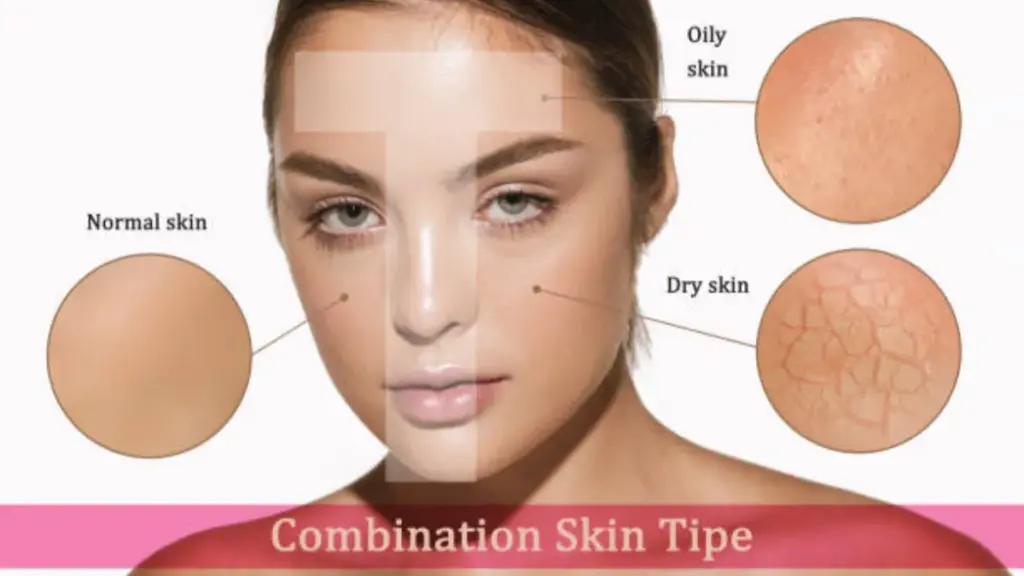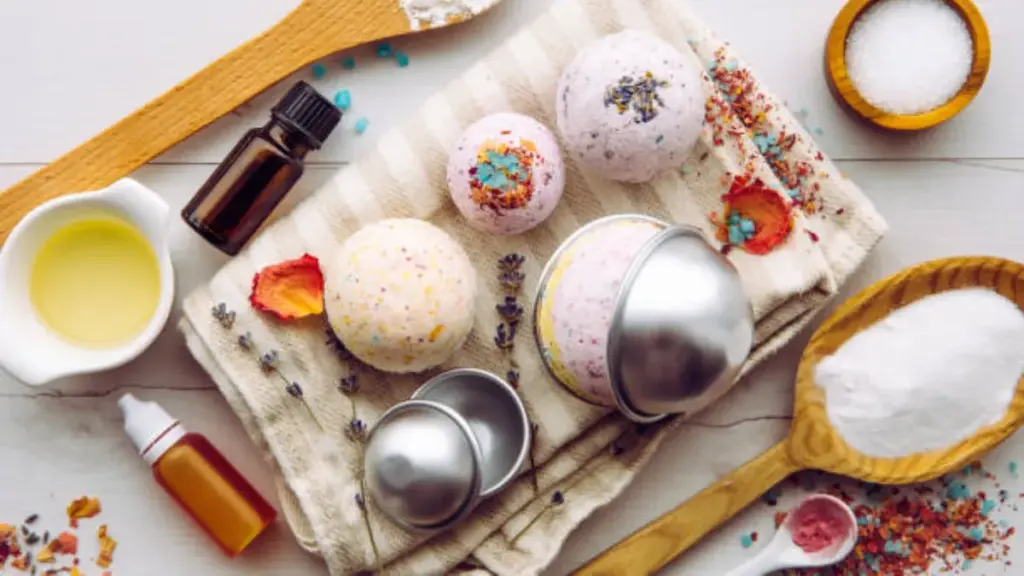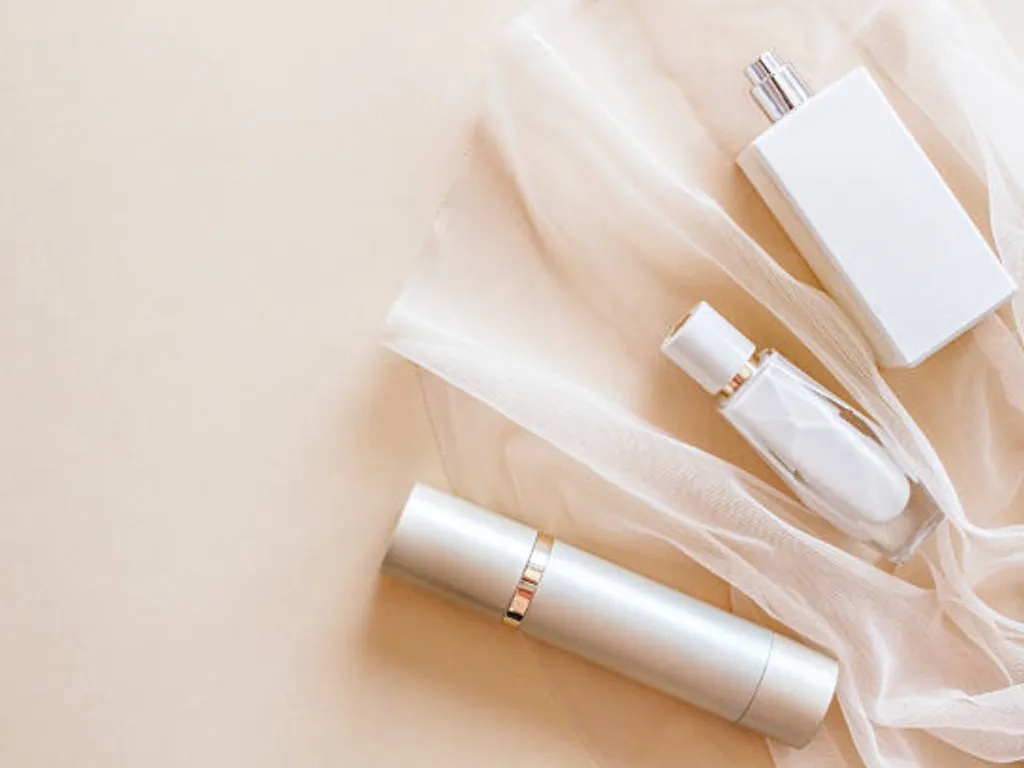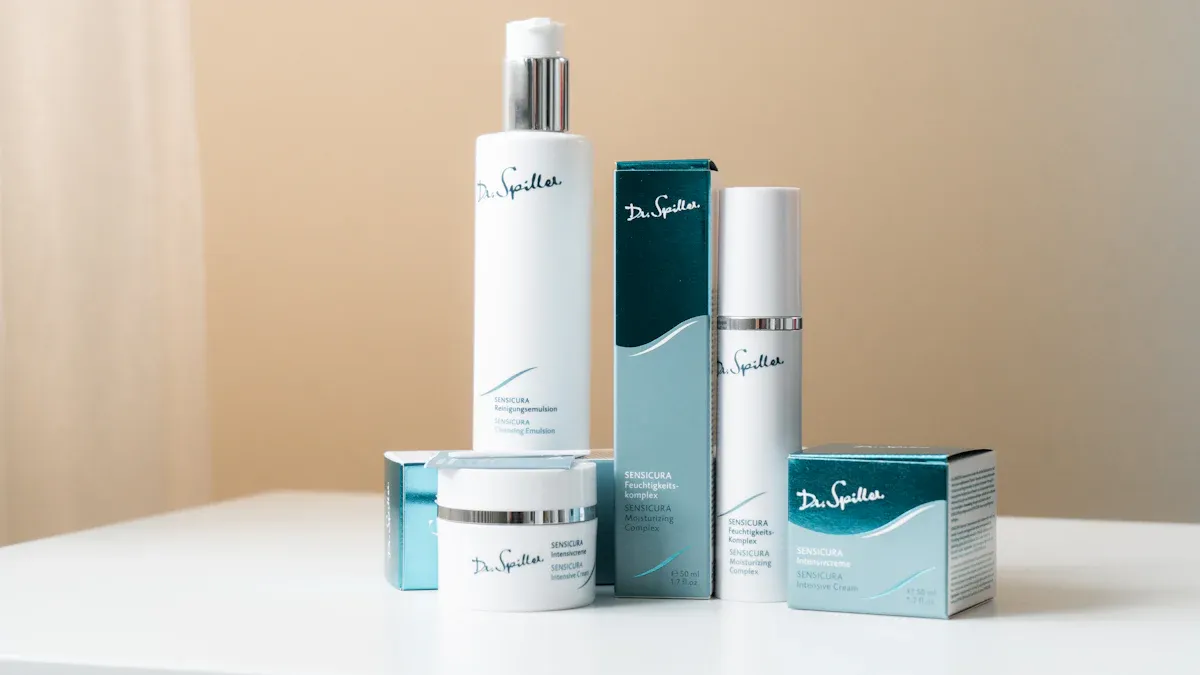
Imagine walking into your favorite beauty store during the holidays. The shelves are stocked with festive packaging, limited-edition products, and irresistible gift sets. That’s the power of seasonal product strategies—they excite shoppers and drive sales. En fait, global sales during November and December are predicted to hit $1.19 trillion, with U.S. beauty sales alone soaring to $277 milliard. Consumers crave seasonal offerings that align with their needs. Whether it’s summer-ready skincare or holiday-inspired palettes, your ability to meet these expectations can build loyalty and boost revenue.
Understanding Seasonal Trends
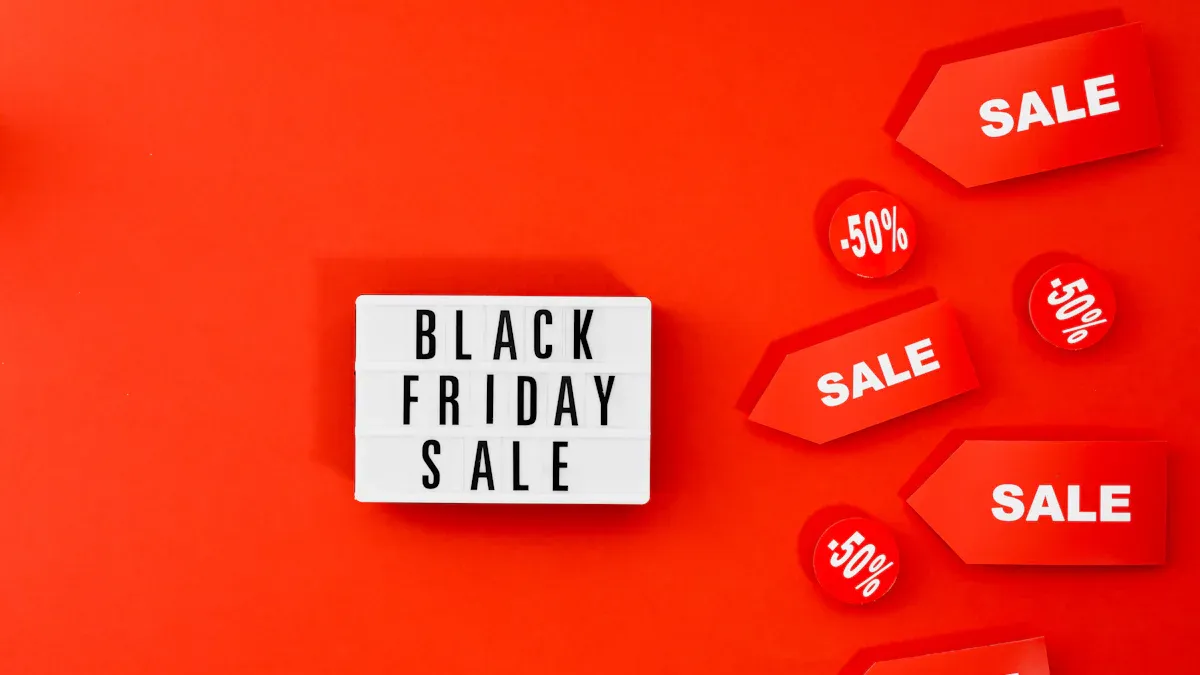
Key Seasonal Product Categories in Beauty
Seasonal products in the beauty industry are like the stars of a show—they shine the brightest during specific times of the year. You’ve probably noticed how skincare takes center stage in winter, while vibrant nail colors dominate summer. These shifts aren’t random. They’re driven by seasonality and the changing needs of consumers.
Let’s break it down. During colder months, skincare products like moisturizers and lip balms see a surge in demand. In contrast, summer brings a focus on sunscreens and lightweight makeup. Hair care products, like hydrating masks, also experience seasonal demand as people combat weather-related hair issues. Nail care and bath products often peak during the holiday season when self-care and gifting become priorities.
Here’s a quick look at how some categories performed in recent years:
Product Category | Sales Increase (%) | Year Comparison |
|---|---|---|
Soins de la peau | 2020 vs 2019 | |
Nail Care | 218% | 2020 vs 2019 |
Hair Coloring | 172% | 2020 vs 2019 |
Bath and Body Products | 65% | 2020 vs 2019 |
These numbers highlight how understanding seasonal trends can help you align your offerings with what customers want most.
Consumer Preferences and Seasonality
Seasonality isn’t just about the weather. It’s about how people feel and what they need at different times of the year. Par exemple, during the holiday season, consumers look for products that feel festive or luxurious. Think glittery eyeshadows or limited-edition gift sets. In summer, they want lightweight, breathable options that can handle the heat.
You can also tap into emotional triggers. People often associate certain scents or colors with specific seasons. Pumpkin spice screams fall, while floral notes feel like spring. By aligning your products with these preferences, you can create a stronger connection with your audience.
Examples of Successful Seasonal Products in Beauty
Some beauty brands have mastered the art of seasonal products. Take holiday-themed makeup palettes, par exemple. They not only boost sales but also create buzz. Limited-edition collections often sell out quickly, driving a sense of urgency among shoppers.
Metrics from successful campaigns tell the story. Brands that launched seasonal products saw a 140% year-over-year revenue increase. Their average order value went up by 5%, and customer acquisition costs dropped by 15%. Here’s a visual representation of these results:
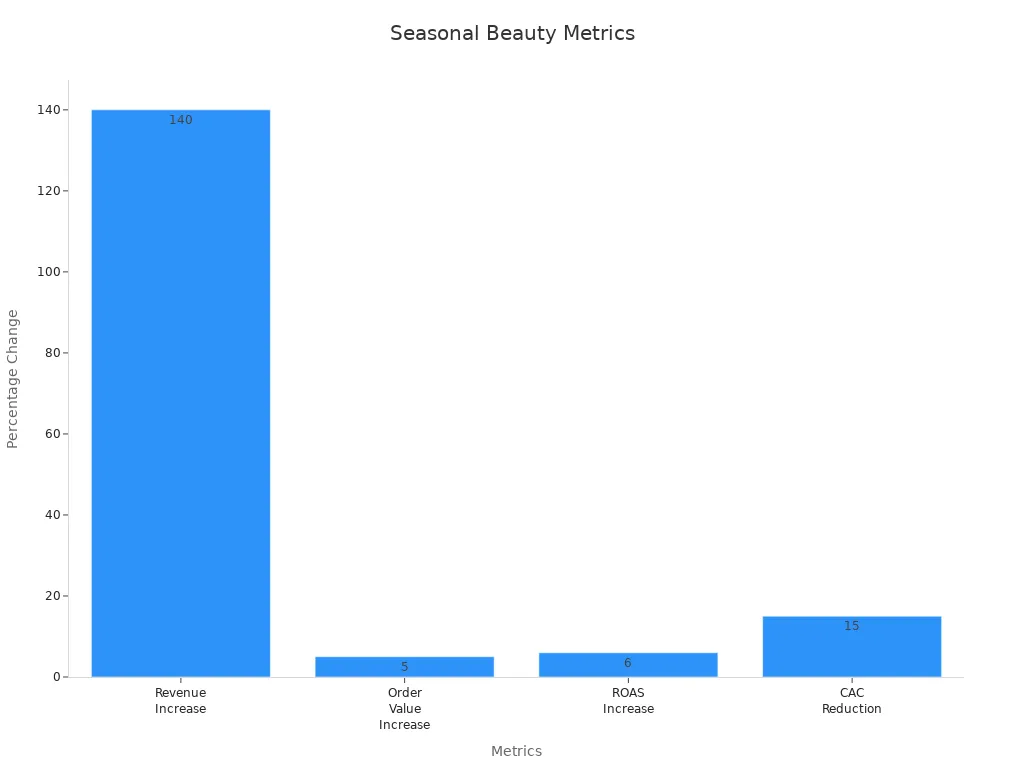
These examples prove that when you understand seasonality and plan accordingly, you can achieve remarkable results.
Strategies for Seasonal Product Planning
Planning seasonal products for your beauty brand isn’t just about guessing what might sell. It’s about using data, managing inventory smartly, and launching products at the right time to meet demand. Let’s dive into how you can master seasonality management and make your seasonal product strategies shine.
Leveraging Data Analytics for Seasonal Trends
Data is your best friend when it comes to understanding seasonality. By analyzing past sales, weather patterns, and consumer behavior, you can predict what your customers will want and when they’ll want it. Par exemple, time series models can help you spot trends like increased demand for glittery eyeshadows during New Year’s Eve. Regression models can show how social media engagement boosts lipstick sales. Even advanced methods like neural networks can predict demand for seasonal products based on packaging design or influencer collaborations.
Here’s a quick look at some data analytics models you can use:
Model Type | Nuance | Exemple |
|---|---|---|
Time Series Models | Capture patterns and trends over time, ideal for historical data. | ARIMA model predicts sales surges for glittery eyeshadows during New Year’s Eve parties. |
Regression Models | Establish relationships between variables and sales. | Multiple Linear regression shows higher Instagram engagement correlates with lipstick sales. |
Ensemble Methods | Combine multiple models for robust predictions. | Random Forest considers weather and influencer collaborations to refine predictions. |
Deep Learning and Neural Networks | Capture intricate patterns in unstructured data. | Neural networks predict sales for a new fragrance based on packaging design analysis. |
En utilisant ces outils, you can align your seasonal product strategies with real-world trends. Don’t forget to leverage weather data—it’s a game-changer for timing seasonal fulfillment. Par exemple, launching hydrating skincare products just as winter begins can boost beauty product sales.
Inventory Management for Seasonal Products
Managing inventory for seasonal products is all about balance. Overstocking ties up capital, while understocking leads to missed sales. To avoid these pitfalls, focus on key metrics like inventory turnover ratio and stockout rate. These metrics help you understand how quickly products move and whether you’re meeting demand effectively.
Here are some operational metrics to keep in mind:
Inventory Turnover Ratio: Tracks how often inventory is sold and replaced. A higher ratio means efficient inventory movement.
Days of Inventory on Hand (DOH): Measures how long your inventory can cover sales. This helps you plan for seasonal demand fluctuations.
Stockout Rate: Indicates how often you run out of stock. Lower rates mean better seasonal fulfillment and happier customers.
Fill Rate: Shows the percentage of customer orders fulfilled from available inventory. High fill rates reflect your responsiveness to demand.
By monitoring these metrics, you can optimize your inventory for seasonality management. Par exemple, if DOH shows that your sunscreen stock will last until September, you can plan a restock just before demand peaks again.
Timing Product Launches for Seasonal Campaigns
Timing is everything when it comes to seasonal product launches. You want your products to hit the shelves when demand is at its highest. Seasonal offers and limited-edition products create urgency and excitement, driving impulsive purchases. Scarcity messaging like “Limited Stock” or “Only Available Until December” can prompt faster buying decisions.
Here are some strategies to nail your launch timing:
Run seasonal offers to create urgency and excitement.
Use themed bundles to increase average order value. Par exemple, a summer skincare kit with sunscreen, Crème hydratante, and lip balm can be a hit.
Leverage weather data to determine the best time to launch. Hydrating masks in winter or lightweight makeup in summer are perfect examples.
By timing your launches strategically, you can maximize seasonal fulfillment and boost beauty product sales. Souviens-toi, it’s not just about selling products—it’s about creating an experience that resonates with your customers.
Seasonal Marketing Strategies for Beauty Brands
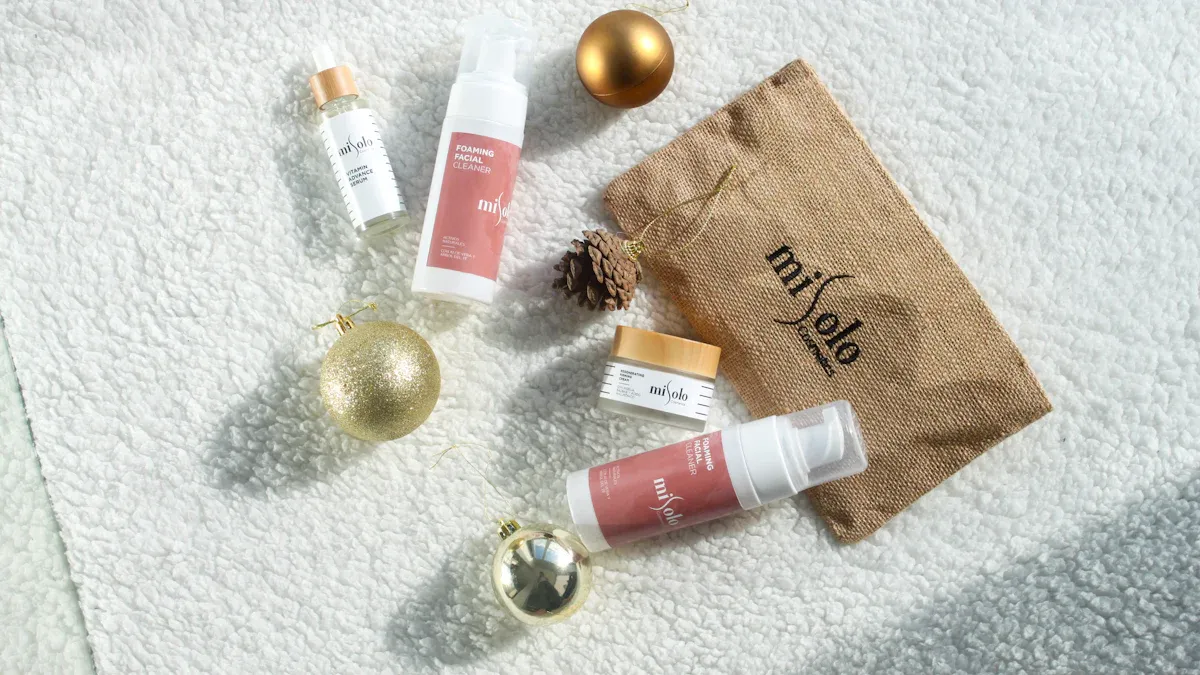
Seasonal marketing is your secret weapon for connecting with customers during the most exciting times of the year. Whether it’s the holiday seasons or summer vacations, the right strategies can help you stand out in the crowded beauty and cosmetics market. Let’s explore how you can make the most of seasonal campaigns to boost engagement, stimuler les ventes, and create memorable experiences for your audience.
Collaborating with Influencers for Seasonal Campaigns
Influencers are the modern-day storytellers of beauty marketing. Their ability to connect with audiences on a personal level makes them perfect partners for seasonal campaigns. Imagine launching holiday beauty campaigns with influencers who showcase your limited edition products in festive tutorials or unboxing videos. Their followers trust their recommendations, which can translate into higher sales for your brand.
To measure the impact of influencer collaborations, focus on key metrics like taux d'engagement, reach, and conversion rates. Par exemple, tracking likes, commentaires, and shares on influencer posts can reveal how well your campaign resonates with the audience. High engagement often correlates with increased sales. En plus, tools like Google Analytics can help you assess click-through rates and sales conversions from influencer-driven traffic.
Here’s a snapshot of how influencer campaigns can impact your brand:
Type de preuve | Description |
|---|---|
Cost Versus Profit | Calculate total campaign costs against direct profits from sales to assess ROI. |
Long-Term Value | Evaluate the lifetime value of new customers acquired through campaigns. |
Brand Equity | Measure increased brand recognition and reputation through surveys and social listening tools. |
Engagement Metrics | Analyze likes, commentaires, actions, and sentiment; high engagement correlates with higher conversion rates. |
Content Lifespan | Assess the ongoing performance of content created during campaigns. |
Market Share | Look for changes in market share post-campaign to gauge success. |
By collaborating with influencers, you can amplify your seasonal marketing efforts and create buzz around your beauty and cosmetics products.
Creating Time-Limited Promotions and Bundles
Time-limited promotions are like a ticking clock—they create urgency and excitement that drive customers to act quickly. Seasonal offers, such as discounts on holiday-themed products or exclusive bundles, can significantly boost holiday sales. Par exemple, a holiday marketing campaign featuring a festive skincare bundle with moisturizer, baume à lèvres, and a scented candle can attract shoppers looking for thoughtful gifts.
Here’s how some brands have successfully used limited promotions:
Company | Promotion Type | Résultats |
|---|---|---|
Starbucks | Limited-time seasonal beverages | Increased sales and customer loyalty through exclusive seasonal offerings like Pumpkin Spice Latte. |
XYZ Clothing Store | Seasonal bundle promotion | Significant sales increase by offering bundled winter clothing at a discounted price. |
ABC Electronics | Holiday tech bundle promotion | Surge in sales from curated tech bundles marketed as ideal gifts during the festive season. |
When planning your seasonal offers, focus on creating bundles that add value for your customers. Highlight the exclusivity of these promotions with messaging like “Only Available Until December” or “Limited Stock.” This approach not only drives sales but also enhances the shopping experience during holiday seasons.
Using Content Marketing to Build Seasonal Buzz
Content marketing is your chance to tell a story that resonates with your audience. Seasonal campaigns thrive on creative content that captures the spirit of the season. Think holiday-themed tutorials, behind-the-scenes videos, or blog posts that showcase your beauty and cosmetic brands in action. These pieces of content can spark excitement and keep your products top-of-mind during holiday shopping.
To measure the success of your content marketing efforts, track performance indicators like engagement rates, reach, and conversion rates. Par exemple, a Halloween-themed email campaign with high open rates and increased website visits demonstrates how effective seasonal marketing can be. Social media insights can also reveal how well your posts are connecting with your audience.
Here are some key performance indicators to monitor:
Kpi | Description |
|---|---|
Taux d'engagement | Measure the level of interaction (goûts, commentaires, actions) Sur les publications d'influence. |
Atteindre | Assess the number of unique users who see the influencer’s content. |
Taux de conversion | Track the percentage of users who take a desired action after interacting with the influencer. |
Retour sur investissement | Calculate the revenue generated from the influencer campaign compared to its cost. |
By listening to customer feedback and adjusting your strategies, you can refine your seasonal marketing approach. Whether it’s through social media, email campaigns, or blog posts, your content can create a buzz that drives holiday sales and builds lasting connections with your audience.
Overcoming Challenges in Seasonal Product Strategies
Managing Supply Chain Disruptions
Supply chain disruptions can throw a wrench into your seasonal plans, surtout dans l'industrie de la beauté. Sourcing raw materials and packaging during peak demand often leads to shortages or higher costs. Global disruptions, like shipping delays or ingredient scarcity, can make things even trickier.
To stay ahead, adjust your safety stock levels based on demand variability. Par exemple, if your holiday skincare line is a hit, ensure you have enough inventory to meet the surge. Streamline stock replenishment processes to avoid excess inventory or stockouts. Collaborating closely with suppliers is another smart move. Set realistic lead times and monitor them regularly to account for potential delays.
Diversifying transportation options can also save the day. Relying on a single carrier increases risk, so explore alternatives to keep deliveries on track. These strategies help you navigate supply chain challenges and keep your beauty products available when customers need them most.
Adapting to Unexpected Trends or Events
The beauty market is fast-paced, and unexpected trends can pop up anytime. Whether it’s a viral TikTok challenge or a sudden shift in consumer preferences, you need to stay agile. Technology can be your best ally here. Salons that implemented tech-based solutions reported a 25% boost in efficiency, while suburban salons saw improved client retention thanks to automated systems.
Use these tools to track emerging trends and adapt quickly. Par exemple, if glittery makeup becomes the rage overnight, pivot your marketing to highlight similar products in your lineup. Personalized communication with your customers also helps. Automated systems can send tailored messages, keeping your audience engaged and informed about your latest offerings.
By embracing technology and staying flexible, you can turn unexpected trends into opportunities for growth.
Balancing Seasonal and Core Product Lines
Balancing seasonal and core product lines is like walking a tightrope. Core products, like your best-selling moisturizer, keep loyal customers coming back. Seasonal items, like holiday-themed palettes, attract new buyers and keep your inventory fresh.
To strike the right balance, focus on the purpose of each product type. Core products provide dependability and build trust with your audience. Seasonal items spark excitement and create buzz. Par exemple, introducing a limited-edition summer skincare kit can draw attention without overshadowing your year-round essentials.
Keep an eye on sales data to see how each product performs. If seasonal items are flying off the shelves, consider expanding that category. À la main, if core products are your bread and butter, ensure they remain a priority. This balance helps you cater to both loyal customers and new shoppers, keeping your beauty brand competitive year-round.
Leveraging Oully for Seasonal Product Success
Custom Formulation and Packaging for Seasonal Products
When it comes to seasonal beauty products, customization is key. You want your products to stand out, and Oully makes that possible with tailored formulations and packaging. Imagine offering a holiday-themed moisturizer with encapsulated active ingredients that boost hydration during winter. Encapsulation technology ensures better absorption, giving your customers visible results they’ll rave about.
Packaging also plays a huge role in seasonal campaigns. Compostable packaging not only aligns with sustainability trends but also appeals to eco-conscious shoppers. Oully’s expertise in sustainable packaging lets you create designs that are both eye-catching and environmentally friendly. Plus, AI-driven development speeds up the process, helping you bring innovative products to market faster.
Here’s how these trends impact seasonal beauty products:
S'orienter | Description |
|---|---|
Encapsulation | Enhances skin penetration and efficacy of active ingredients, ensuring better absorption and improved clinical results. |
Emballage durable | Shift towards compostable packaging, reducing landfill waste and aligning with consumer preferences for sustainability. |
AI Integration in Development | Speeds up formulation development by analyzing ingredient combinations and consumer preferences, reducing reliance on chemists. |
Biotechnology and Encapsulation | Advances in biotech lead to lab-grown ingredients, enhancing stability and performance in formulations. |
Avec ouly, you can create seasonal products that are not only effective but also memorable.
Fast Turnaround and Low MOQ for Seasonal Campaigns
Timing is everything in seasonal campaigns. You need your products ready when demand peaks, and Oully’s fast turnaround ensures you never miss the moment. Their 83-day production timeline lets you plan launches with precision, while low minimum order quantities (Moqs) make it easier to test new ideas without overcommitting.
Metrics show how these operational advantages boost campaign performance:
Métrique | Description |
|---|---|
Indicates ad engagement; a higher CTR suggests effective product titles and images. | |
Taux de conversion | Measures the percentage of users completing a purchase after clicking an ad, crucial for sales. |
ROAS (Return on Ad Spend) | Assesses ad efficiency, helping businesses evaluate revenue generated relative to ad spend. |
By leveraging Oully’s flexibility, you can launch seasonal beauty products that resonate with your audience and drive sales.
Sustainable Practices for Seasonal Product Strategies
La durabilité n'est pas seulement une tendance - c'est une nécessité. Oully helps you integrate eco-friendly practices into your seasonal product strategies. From reducing carbon footprints to achieving certifications for ethical production, their approach ensures your brand stays ahead in the beauty industry.
Par exemple, using innovative materials for packaging can cut down on waste, while tracking return rates helps you maintain high product quality. These metrics highlight the impact of sustainable practices:
Metric Name | Description |
|---|---|
Measures the decrease in carbon emissions from production to distribution, benchmarking against industry standards. | |
Eco-Friendly Certification Attainment | Tracks the number of certifications indicating compliance with ethical production standards. |
Packaging Waste Reduction | Measures the decrease in packaging waste through sustainable practices and innovative material selection. |
Return Rate of Products | Measures the percentage of products returned to evaluate product quality and customer satisfaction. |
Customer Lifetime Value (CLV) | Tracks the total revenue expected from a customer over their lifetime, reflecting customer retention and satisfaction. |
En adoptant ces pratiques, you can create seasonal beauty products that not only delight your customers but also contribute to a healthier planet.
Seasonal strategies are your ticket to thriving in the beauty industry. By understanding trends, planning smartly, and crafting creative campaigns, you can connect with your audience and boost sales. Innovation and agility play a huge role here. Small brands often lead the way with fresh ideas that resonate with changing consumer values. Generational shifts, like Gen Z’s focus on sustainability, open doors for brands that adapt quickly. Strategic partnerships, such as those with platforms like Pietra, help you navigate market changes while cutting costs.
Looking ahead, the beauty market is set to grow as disposable incomes rise and e-commerce expands. Social media will continue to strengthen brand-consumer relationships. Innovations in natural formulations and sustainable packaging will shape the future, alongside personalized solutions tailored to individual needs. By embracing these trends and staying agile, you can refine your seasonal strategies and keep your beauty brand ahead of the curve.
FAQ
What are seasonal product strategies, and why do they matter for beauty brands?
Seasonal product strategies involve aligning your offerings with specific times of the year, like holidays or summer. They matter because they help you meet customer expectations, boost sales, and create excitement around your brand.
How can I predict what seasonal products my customers will want?
Use data analytics to study past sales trends, weather patterns, and customer behavior. Tools like time series models or social media insights can help you spot patterns and predict demand for seasonal products.
What’s the best way to market seasonal beauty products?
Focus on creating buzz through influencer collaborations, time-limited promotions, and engaging content. Par exemple, showcase your products as perfect holiday gifts in festive tutorials or social media posts.
How do I balance seasonal products with my core product line?
Keep your core products consistent to maintain customer trust. Use seasonal items to spark excitement and attract new buyers. Monitor sales data to ensure neither category overshadows the other.
Can small beauty brands succeed with seasonal strategies?
Absolument! Seasonal strategies don’t require a massive budget. Start small with limited-edition products or themed bundles. Partner with manufacturers like Oully for low MOQs and fast production to test ideas without overcommitting.

